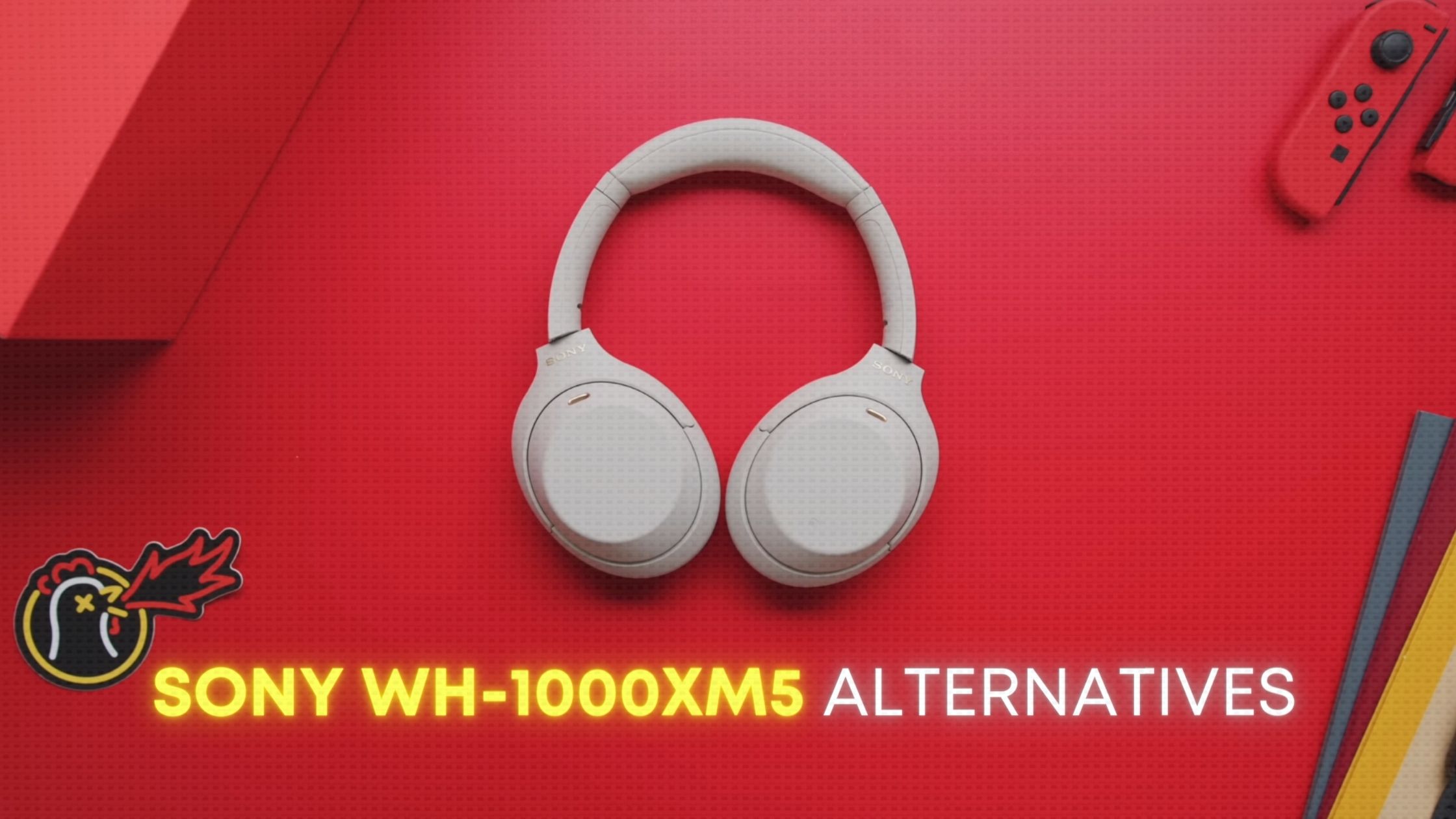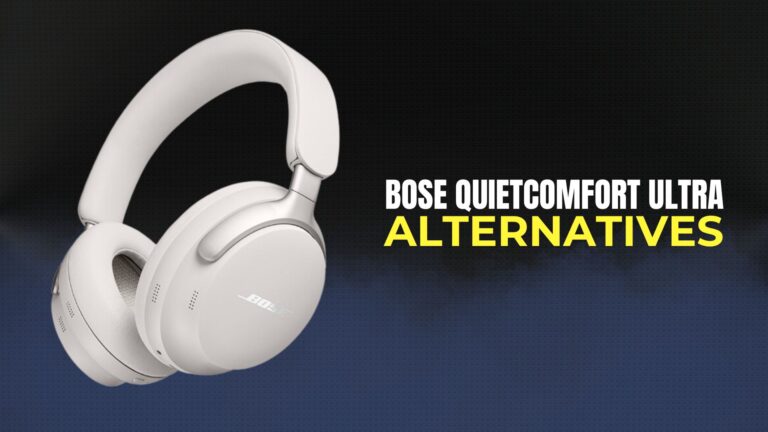Today, we dive deep into the world of premium headphones to bring you the best alternatives to the Sony WH-1000XM5. From budget-friendly options to feature-rich contenders, we’ve scoured the market to bring you a curated list that promises not to disappoint.
Beats Studio Pro vs Sony WH-1000XM5
It is $170 Cheaper

Reasons to buy
✔️ Neutral, clear presentation
✔️ Excellent wireless performance
✔️ USB-C audio
Reasons not to buy
❌ ANC suffers from wind noise
❌ No room for higher quality Bluetooth codecs
❌ Design better suited for smaller ears
The Beat Studio Pro feels a bit plasticky and creaky, which detracts from the premium experience I expected. Although the ear cups have improved significantly, giving a cloud-like feel, they still don’t quite match up to the Sony’s level of comfort.
It has a stronger clamp force which, while beneficial for gym use, can be a bit too much for everyday wear.
Both headphones offer fantastic sound, but Sony takes the lead due to its EQ settings in the app, allowing for a more customizable audio experience. The Beats deliver great audio as well, but without the EQ customization that Sony provides.
I was surprised to find that the ANC performance on both headphones was almost on par. The Beats have significantly improved their ANC from previous models, rivaling Sony’s traditionally lauded noise cancellation.
The lack of software support in the Beat Studio Pro is a bit disappointing. Missing features like continuity, multi-point Bluetooth support, and autoplay/pause are notable omissions. Sony, in contrast, includes these features, making for a more seamless user experience.
In summary, the Sony WH1000 XM5 offers more comfort and features for a slightly higher price, while the Beats Studio Pro brings style, a foldable design, and the Apple ecosystem.
Bose QuietComfort 45 vs Sony WH-1000XM5
It is $130 Cheaper
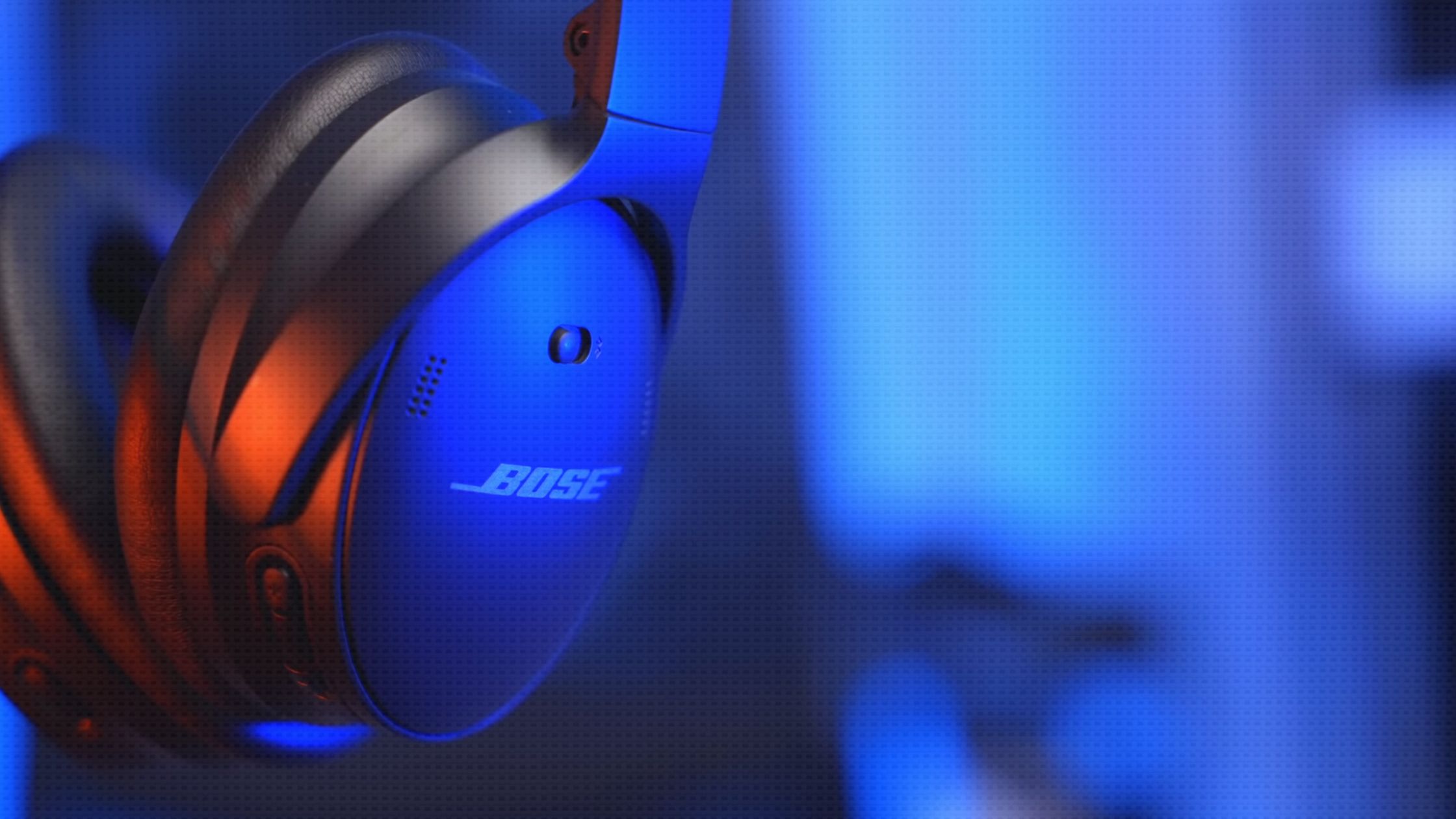
Reasons to buy
✔️ Fantastic noise cancellation
✔️ Intuitive control scheme
✔️ Lightweight and comfortable
✔️ New ambient aware mode
Reasons not to buy
❌ Missing a few features
❌ Lackluster clarity
❌ Occasional dropout
❌ Call quality isn’t great
The Bose QuietComfort 45, successors to the QC35s, maintain their classic design with plastic-style arms and synthetic leather. A key difference I noticed is how they rest around your neck – the XM5s now lay with the open area up, which might allow for debris to enter.
Comfort-wise, both headphones are stellar for prolonged use, with minimal clamping force and fatigue. The XM5s, at around 250 grams, and the QC45s, at about 240 grams, are impressively light. The XM5s use soft-fit leather with spacious ear cups, while the QC45s utilize synthetic leather with a 15-degree tilt for added comfort.
Battery life is remarkable on both, with the QC45 lasting up to 26 hours and the XM5s around 32 hours. Both headphones feature quick charging, but the XM5s stand out with a three-minute charge offering three hours of playback, compared to the QC45’s 15-minute charge for the same duration.
The XM5s boast adaptive sound control, the ability to connect multiple devices, customizable noise cancellation, and Speak-to-Chat technology, among other features. They also support SPC, AAC, and LDAC codecs, with an impressive equalizer for fine-tuned adjustments.
The QC45s, on the other hand, include quiet and aware modes, device switching, built-in equalizer (post-software update), and voice clarity during calls.
I found that the XM5s excel in call quality, significantly reducing background noise. In noise cancellation, both headphones are top-tier, but the QC45s have a slight edge in certain scenarios like airplane cabins and noisy cafes. The XM5s, however, have features like quick attention and Speak-to-Chat that add to their efficiency in transparency mode.
At 50% volume, the XM5s contained the music better within the ear cups. In my binaural microphone test, the XM5s and QC45s were set to their default settings, with the Bose offering a more neutral sound profile out of the box. The Sony’s default settings leaned heavily on the bass, but adjustments in the app brought out more clarity and detail.
If you’re after headphones with a neutral sound profile, excellent noise cancellation, and a compact design for travel, the Bose QC45s are a fantastic choice. However, if you prefer customizable sound profiles, advanced features, and punchy bass, the Sony WH-1000XM5 might be the perfect fit for you.
Sennheiser MOMENTUM 4 vs Sony WH-1000XM5
It is $100 Cheaper
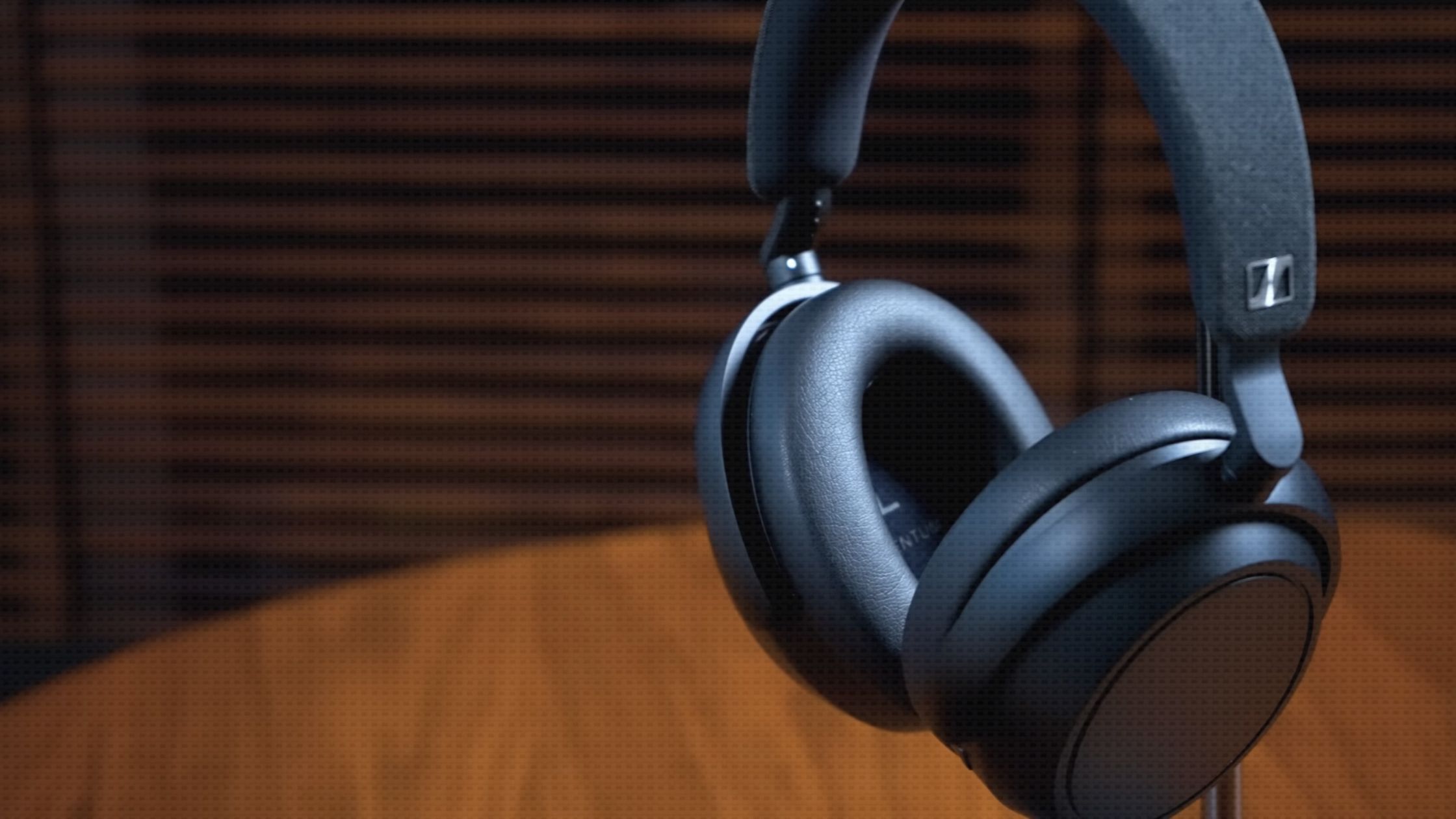
Reasons to buy
✔️ Sturdier Build Quality
✔️ Better Battery Life
✔️ More Comfortable
✔️ Reduced Latency and aptX Support
✔️ Effective Noise Cancellation in Treble Range
Reasons not to buy
❌ Moderate ANC Performance
❌ Larger Case Size
❌ No Water Resistance
The Sennheiser Momentum 4 feels sturdier with a bouncier headband covered in faux leather and a fabric-covered headband for added scratch resistance.
When it comes to comfort, the Momentum 4 shines with its ear cups that completely cover the ears, weighing around 293 grams. The clamping force is just right, making them suitable for outdoor activities. On the other hand, the Sony XM5, being lighter, offers less clamping force, which means they’re more comfortable for longer wear.
Momentum 4 impresses with a 64-hour battery life with ANC on and a faster charging time, which is a significant win over the Sony XM5. However, both headphones offer the convenience of analog audio usage when the battery is depleted.
Both headphones are similar in connectivity, with the Momentum 4 gaining an edge due to its support for the aptX codec, ensuring easier access across devices. The Sony XM5, however, requires diving into developer mode on Android to activate its LDAC codec.
Control-wise, both have intuitive touch-sensitive areas and buttons for playback control. The Momentum 4’s single-button design and responsive touch area provide excellent feedback, while the Sony XM5’s touch area and customizable button are also user-friendly, albeit with slightly less impressive feedback.
The Sony WH-1000XM5 leads in ANC, particularly effective in canceling noises below 100 Hz. However, I found the adaptive ANC a bit fiddly, as it changes with slight head movements. The Momentum 4, while not as effective in the bass range, does a better job in the treble frequency range, like handling background chatter.
Both headphones have a bass-heavy sound profile, but the Momentum 4 offers better bass accuracy and less harmonic distortion, leading to clearer audio across different levels. Sony’s 360 Reality Audio feature does enhance the virtual soundstage, providing an immersive experience, particularly for music streamed from services like Tidal.
In microphone testing, the Sony XM5 showed some issues with voice cutting out amidst loud noises, a problem not observed with the Momentum 4. However, the Momentum 4 doesn’t handle noise as effectively as the Sony XM5.
If noise cancellation and a broader soundstage are your priorities, the Sony WH-1000XM5 is an excellent choice. But if you’re looking for robust build quality, a well-organized carrying cas
Bose 700 vs Sony WH-1000XM5
It is $100 Cheaper
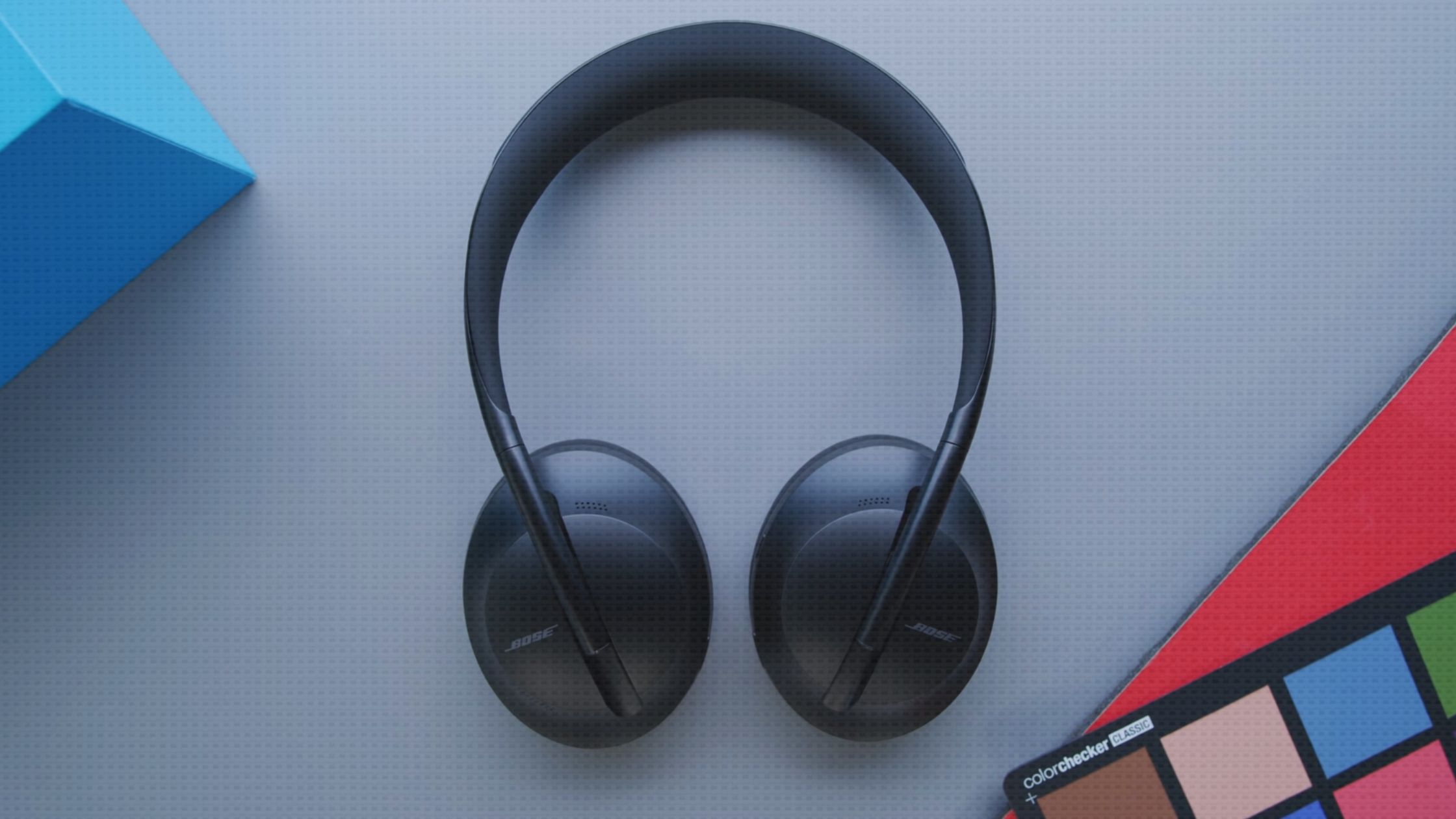
Reasons to buy
✔️ Attractive design
✔️ Excellent noise canceling on calls and music
✔️ Precise, balanced audio
✔️ Reduced Latency and aptX Support
✔️ LDAC support
✔️ Intuitive buttons and touch controls
Reasons not to buy
❌ Fingerprint Magnet
❌ No hinges
❌ No Water Resistance
The Bose NC 700 has been around for a while, and it’s impressive how it still holds up against newer generations like the Sony WH-1000XM5.
The Sony WH-1000XM5 has a gentler clamp and more customization options, including a more comprehensive EQ, Speak-to-chat feature, Hi-Res certification, and the ability to upscale sound using DSEE Extreme. They also support LDAC codec, which audiophiles will appreciate.
The call quality test in the Bose NC 700 impresses with its excellent background noise cancelling while keeping my voice clear. However, the Sony WH-1000XM5 outperforms in background noise reduction, almost silencing it even with wind noise, and amplifying my voice louder than the Bose.
Next, we compare their noise-cancelling capabilities. Here, the Sony WH-1000XM5 slightly edges out the Bose, particularly in reducing mid-range noises like human chatter. In low-frequency cancellation, they are on par, making both ideal for flights and their engine drone noise.
In sound quality, both headphones excel in vocal reproduction, but they differ in finer details. The Bose renders background details with more clarity, making it ideal for listening to intricate music like chamber music. The Sony, on the other hand, offers more airiness and sizzle in percussion, with a punchier bass. After a frequency sweep, it’s evident that the Sonys have a bit more gain in the upper bass, lower mids, and highs, while the Bose leads in sub-bass frequencies.
For gamers, the Bose has lower Bluetooth latency, providing a smoother experience on various devices. This could be a crucial factor for those who game or consume real-time content.
Battery life is another win for Sony, offering up to 30 hours compared to Bose’s 20 hours.
Both headphones have their strengths, but if we’re talking about overall performance, especially in noise cancelling and call quality, the Sony WH-1000XM5 makes a more compelling case.
Bose QuietComfort Ultra vs Sony WH-1000XM5
It is $30 Expensive
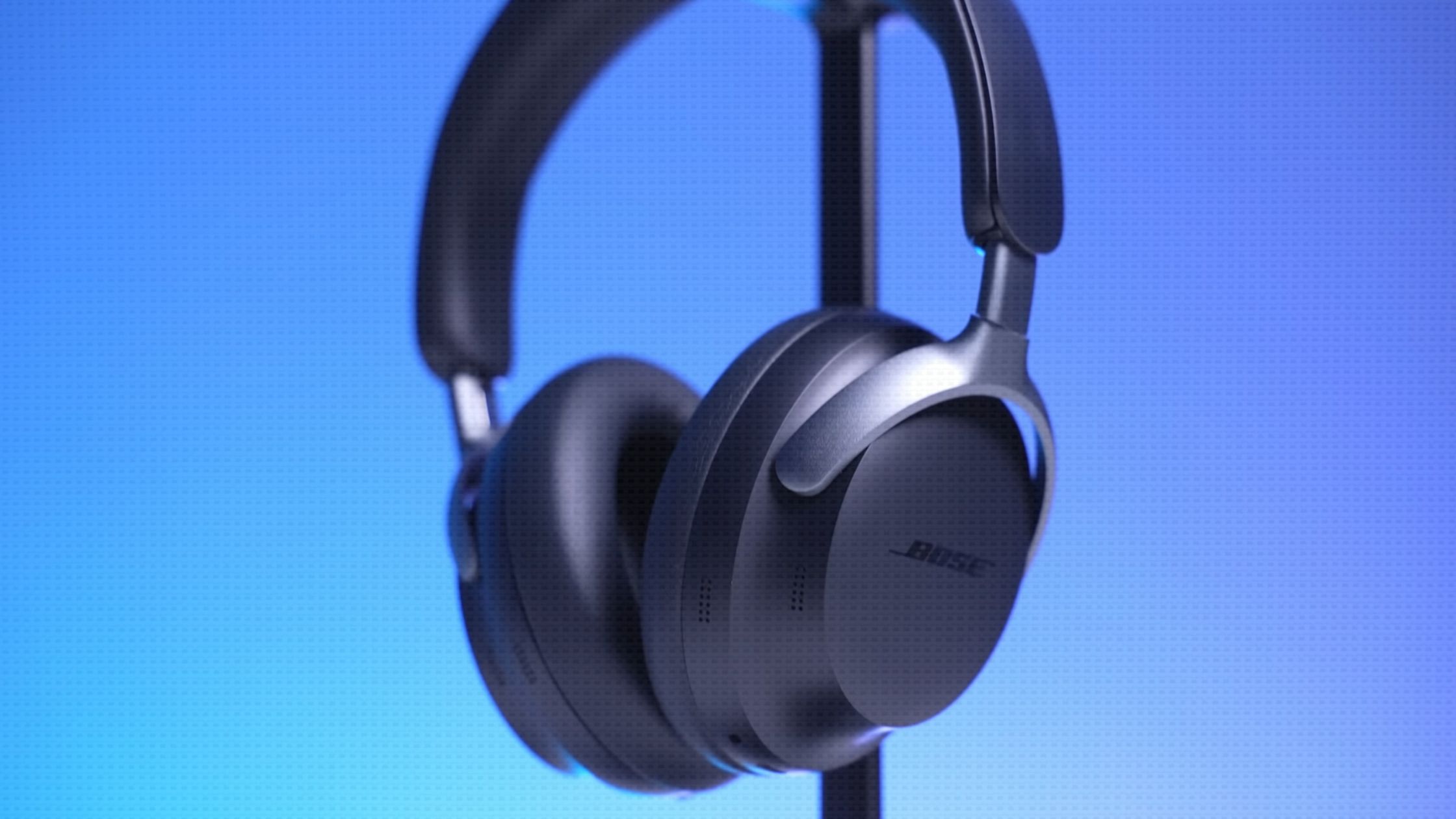
Reasons to buy
✔️ Modernized design
✔️ Effective Immersive Audio experience
✔️ Intuitive controls
Reasons not to buy
❌ Middling battery life for a flagship design
❌ High cost
The Bose Quiet Comfort Ultra has a minimalist look available in triple black or white with silver accents. They’re comfortable, with a weight of 254g, but it’s the Sony WH-1000XM5 that takes the lead in comfort. Weighing just 259g, the Sony headphones have incredibly soft ear pads and offer an enveloping fit with almost no pressure – perfect for long listening sessions.
If noise cancellation is your top priority, the Sony WH-1000XM5 might be your pick. They’re equipped with two processors controlling eight microphones, promising unparalleled noise cancellation.
However, when it comes to audio quality, it’s a close call. The Bose delivers a clean and balanced sound with crisp mids and highs, while Sony impresses with its detailed mid-range and expansive soundstage.
For call quality, both models minimize background noise effectively. The Bose Quiet Comfort Ultra ensures clear voice pickup even in noisy environments, while Sony’s AI technology in the WH-1000XM5 isolates voices with incredible clarity.
Both headphones feature intuitive touch controls and come with companion apps that unlock customization options. The Sony WH-1000XM5 edges out slightly with its 30-hour battery life and unique features like ‘Speak to Chat,’ which automatically pauses music when you start talking.
Choosing between the Bose Quiet Comfort Ultra and the Sony WH-1000XM5 ultimately comes down to personal preference. The Bose is the go-to for those who seek the very best in noise cancellation. However, the Sony WH-1000XM5 offers almost as effective noise cancellation, superior comfort, and additional smart features.
AirPods Max vs Sony WH-1000XM5
It is $130 Expensive
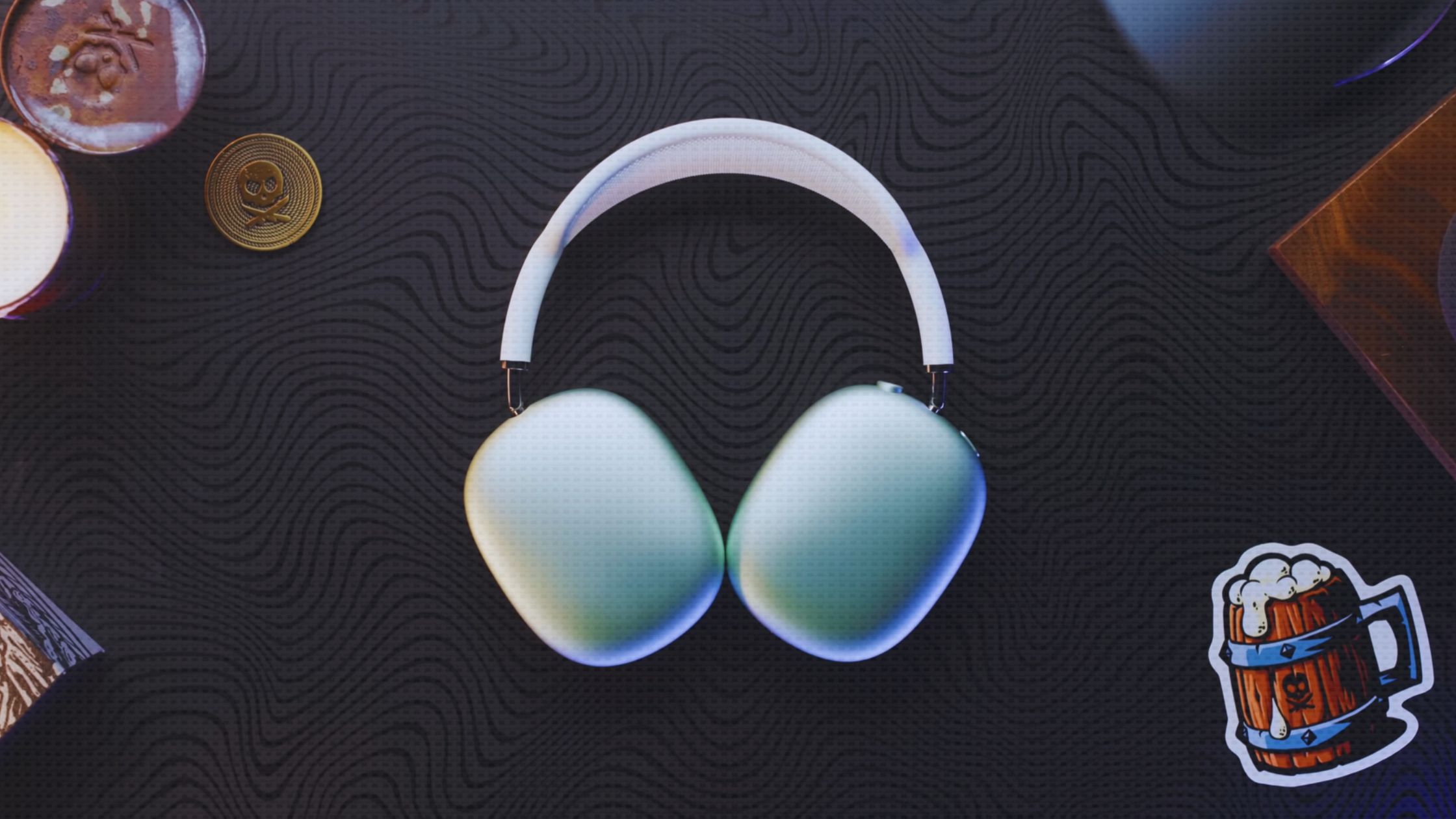
Reasons to buy
✔️ Premium Sound Quality
✔️ Advanced Noise Cancellation
✔️ Better Microphone Quality
✔️ User-Friendly Controls
Reasons not to buy
❌ High Price Point
❌ Average Battery Life
❌ No 3.5mm Audio Jack
❌ No Water Resistance
Sony XM5 headphones feature a sleek and minimalistic design, similar to the AirPods Max.
The first thing you notice about the XM5 is its weight – it’s 55% lighter than the AirPods Max. While this doesn’t automatically mean more comfort, it’s a significant advantage. The XM5’s ear cups are super soft, upgraded with what feels like memory foam, while the AirPods Max uses a soft fabric combined with foam
Sony’s choice of plastic for the XM5 contrasts with Apple’s stainless steel and aluminum, contributing to the lighter weight. However, this makes the XM5 more prone to fingerprints, especially noticeable on the matte black version.
The XM5 boasts nine microphones for noise cancellation, offering an impressive seal around the ears. When turned on, the noise cancellation quality is exceptional, making a notable difference in sound perception. The AirPods Max performs similarly, though I noticed a bit more pressure on my eardrums
Both headphones have an ambient mode, but the AirPods Max offers a more natural sound. The XM5, while improved from its predecessor, still has a slight imbalance in sound between the left and right ear cups.
The XM5’s bass is deep and prominent, but in complex tracks, like rock music, the separation of instruments isn’t as clear as in the AirPods Max. The soundstage and volume are also notably better on the AirPods Max. However, for genres like pop or classical, the XM5 holds its own admirably.
The AirPods Max clearly wins in microphone quality. My voice sounded more natural, and there was significantly less background noise compared to the XM5.
In conclusion, while I personally lean towards the AirPods Max for their superior sound quality and comfort, the Sony XM5 stands as a strong competitor, especially for users who prioritize a lighter design and a more attractive price point.
